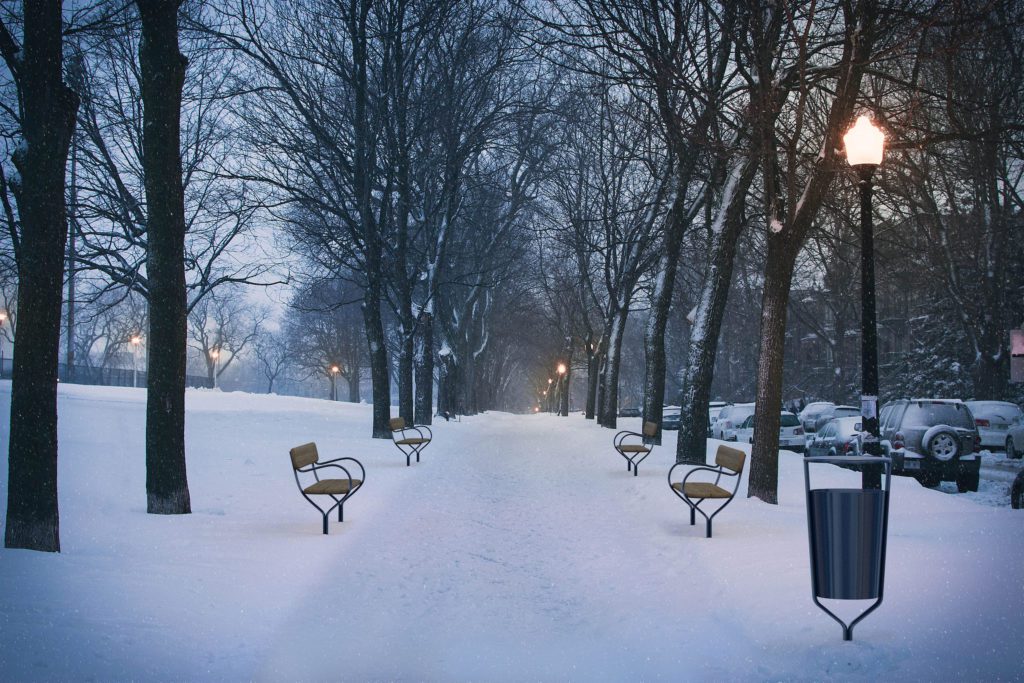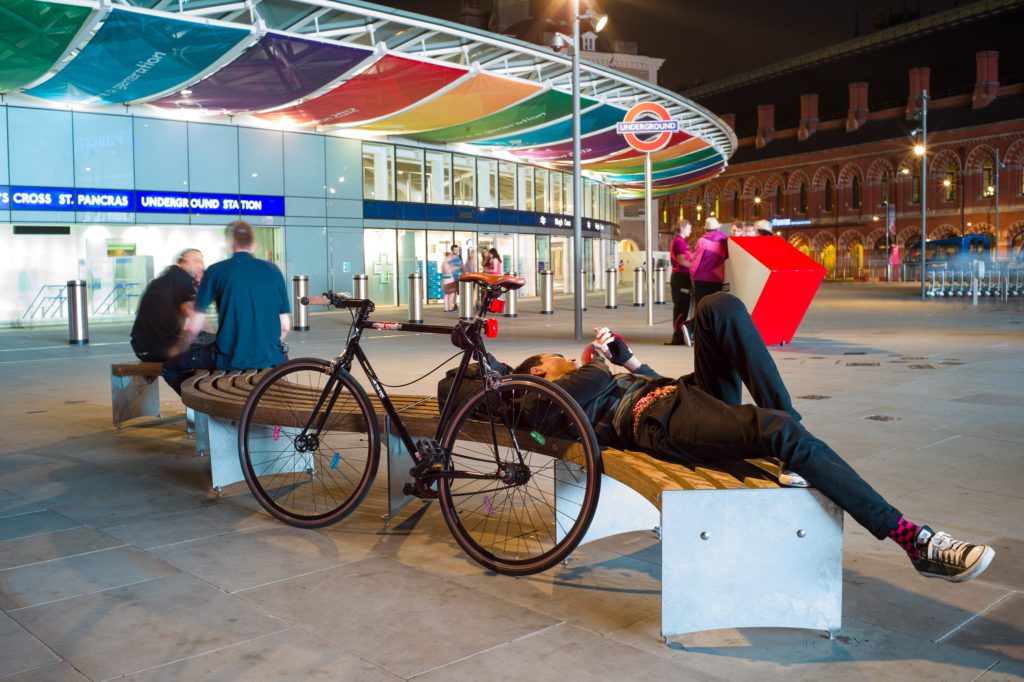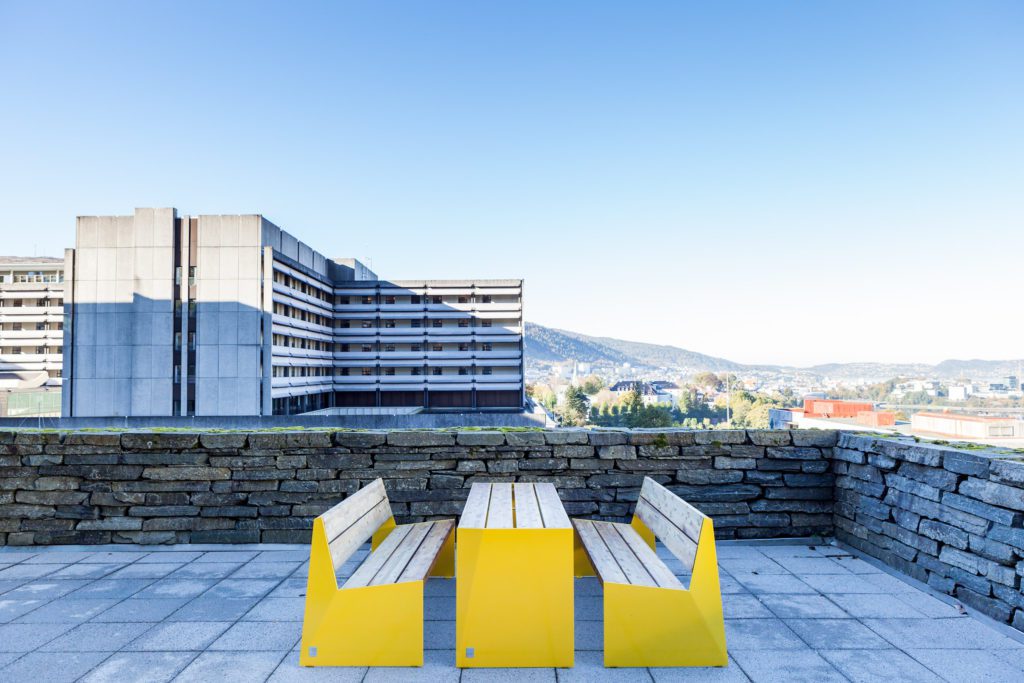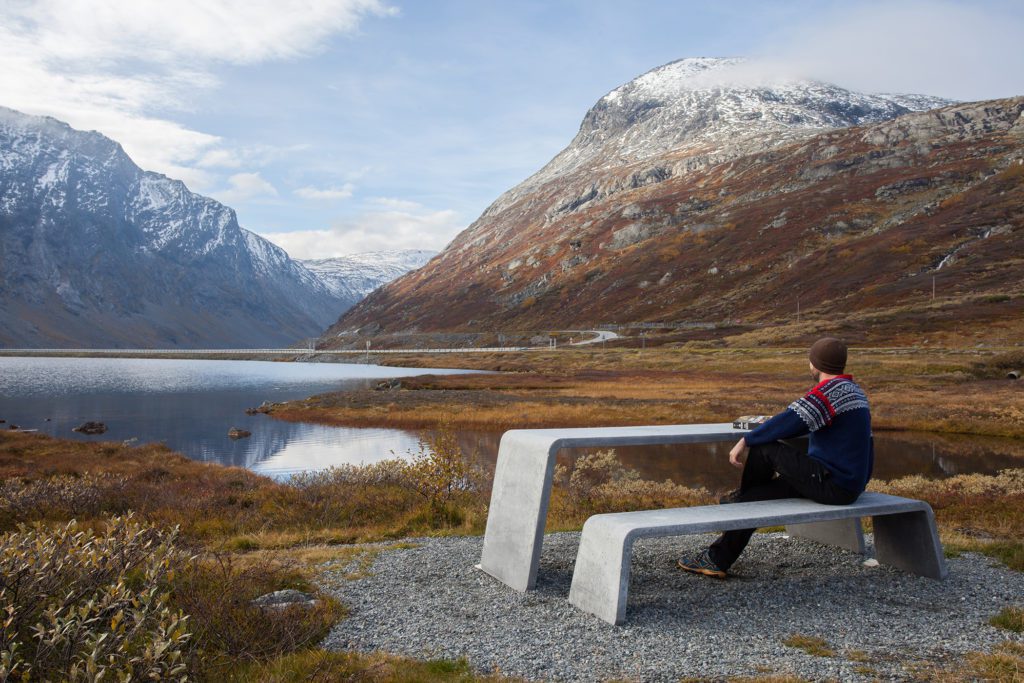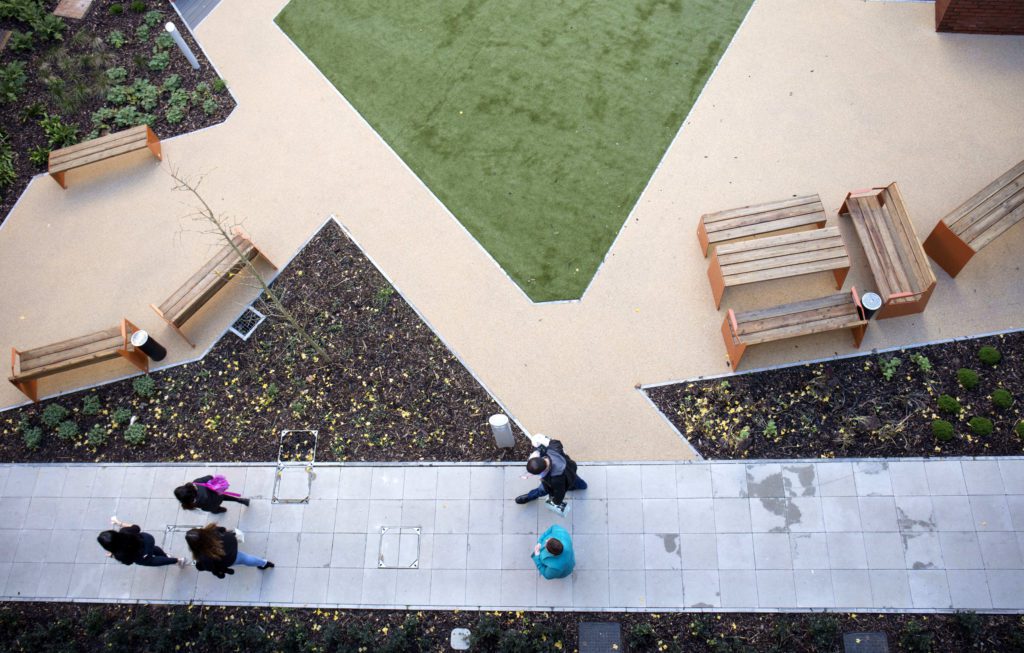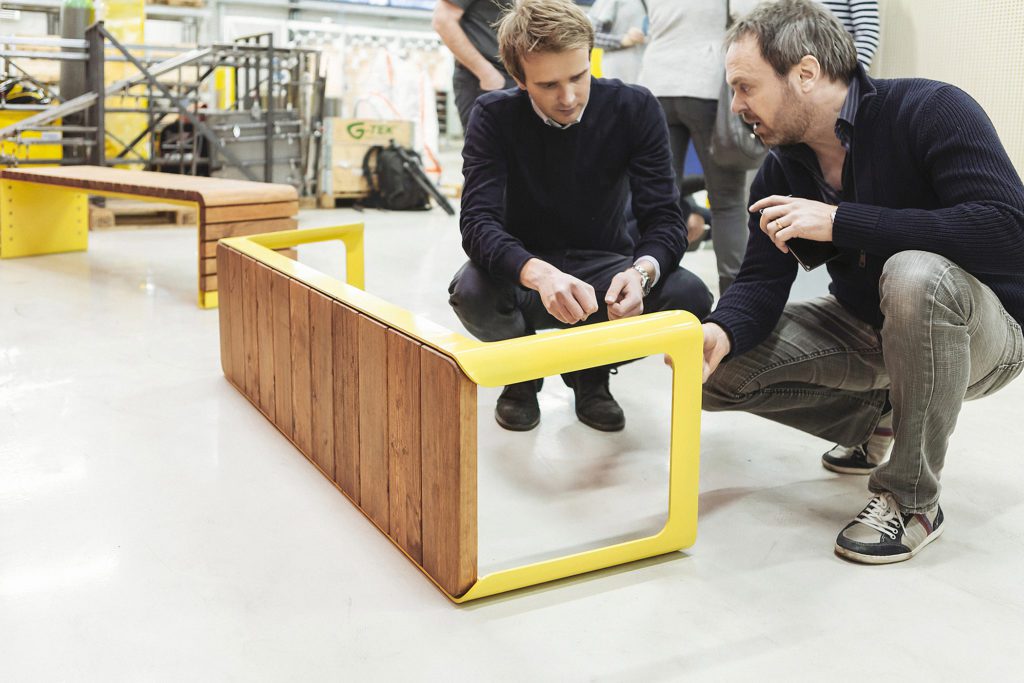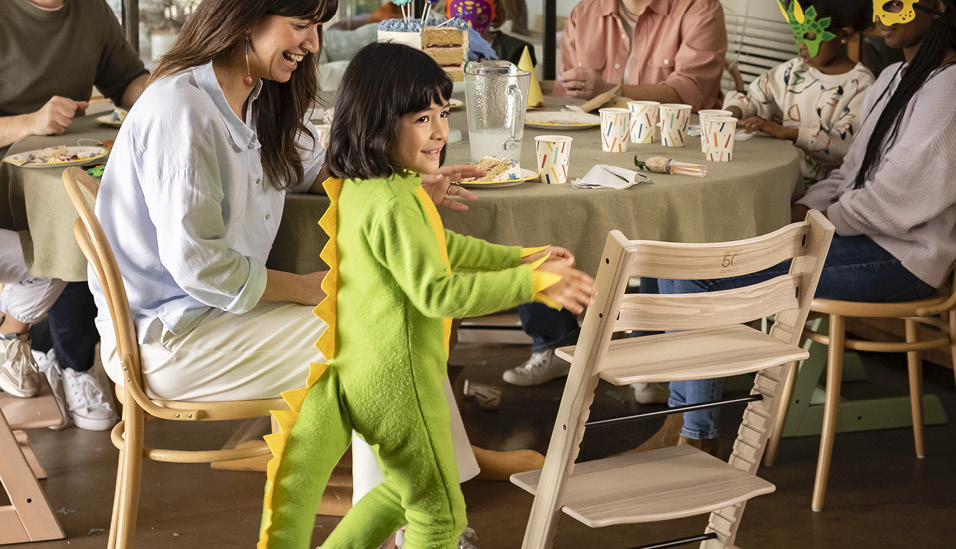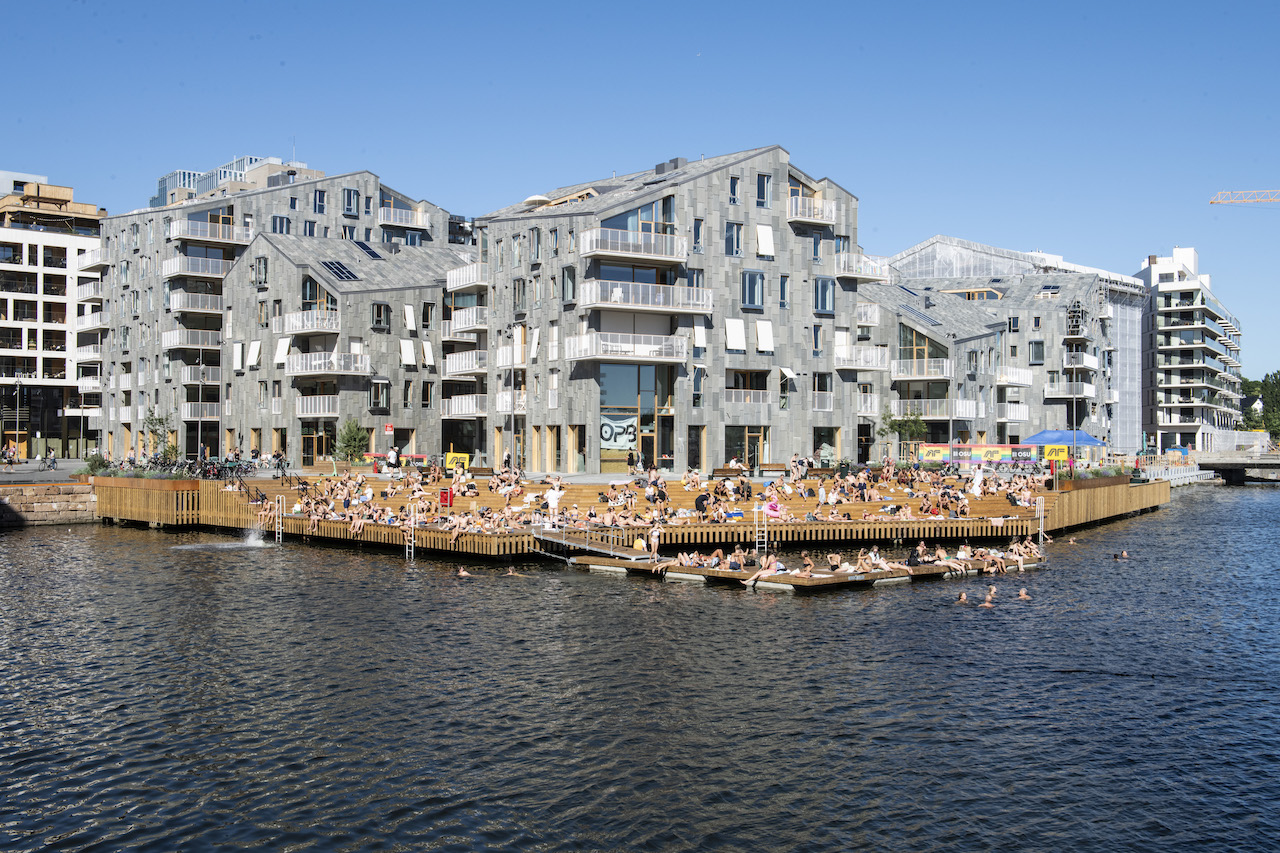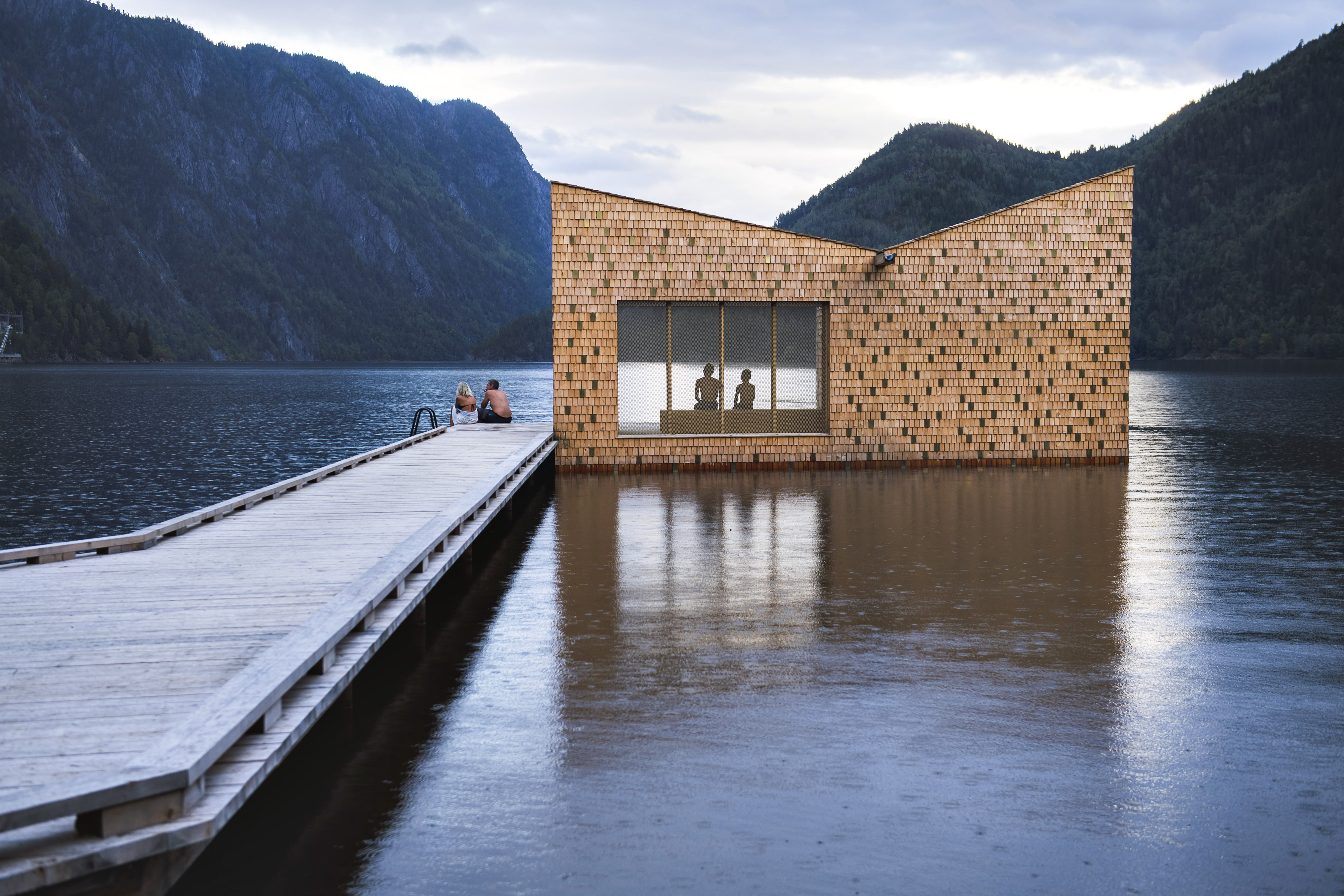If you happen to be standing in the plaza outside New York’s United Nations headquarters this summer – or for that matter if you’re in the vicinity of Oslo City Hall from September onwards – you’ll spot a curious smile-shaped aluminium bench. Take a seat and you might find yourself and your fellow sitters sliding towards its centre – and each other. For third-generation CEO of Vestre, Jan Christian Vestre, this is what public seating is all about.
Vestre was just 25 when his father Jan Vestre passed away and the young law student suddenly found himself at the helm of the family business his grandfather, Johannes Vestre, had established in 1947. Now, at 32, he has grown the business by more than 75%, made furniture for New York’s Times Square, London’s King Cross Central development and the student campus at Cardiff Metropolitan University. The company has also – in a collaboration with Snøhetta and Hydro – created the diplomacy-minded ‘peace bench’. Norwegian Arts sat down with Jan Christian to discuss the uncompromising attitude that has driven this success.
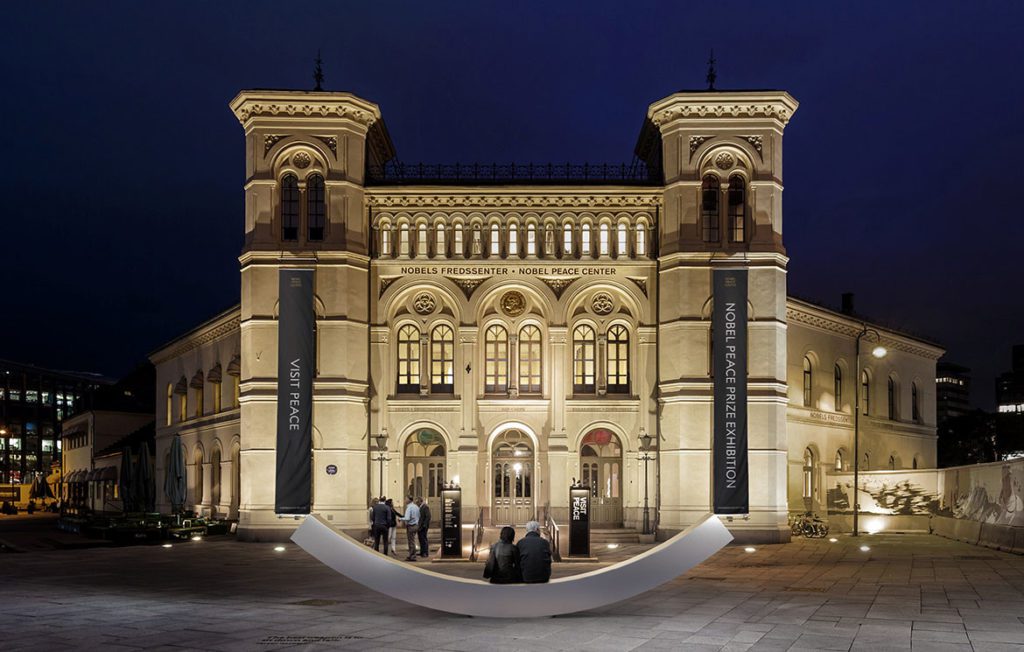
Vestre/Snøhetta/Hydro “peace bench” at the Nobel Peace Centre near Oslo City Hall (Photo: Lars Tornøe)
Please tell me about your grandfather
After Norway was liberated from German occupation, my grandfather established Vestre in an old war hut as part of the push to rebuild the country. My grandfather’s motto was “Everything is possible for the Lord Almighty and a mechanic” and he started out simply: park benches, playground equipment, exercise machines and even an automated fishcake-making machine… we don’t make those anymore.
You became managing director at just 25 – how did it feel to take on so much responsibility at such a young age?
My father got sick and passed away in just a few months. At that point, I wasn’t even thinking about joining Vestre. My father and I hadn’t really discussed the future of the company, but I quickly understood that I had two options: I could recruit somebody outside the family with more experience, or I could step up and learn all there was to know about design, manufacturing, sales and marketing pretty quickly. I am very happy that, with the support of my talented, enthusiastic, and creative colleagues, I chose the latter.
What was your approach – and what advice would you give to other young leaders?
The first thing we did was to create a strategy – where we were, where we wanted to go, and what we needed to do to get there. It was about thinking bold, and then taking it step by step, building on our existing strengths and improving where we could. My advice is to follow your heart, listen, learn, and give people freedom.
You’ve said you don’t care about profit. Can you explain?
Of course we have to make money, but it’s wrong to only care about profit. Short-term profit hunting is the main reason we are facing the climate crisis and the rich are getting richer while 800 million people face extreme poverty. Private companies have to ask themselves how they can contribute to a fairer and more sustainable future, and sometimes do things just because they are right, even if they are not profitable. And when we do make money, we have to be more willing to share it. I am very proud that Vestre donates 10% of our bottom line every year to support sustainable projects around the world.
What’s the relationship between quality, sustainability and the circular economy?
The most important thing we can do to fight the climate crisis is to stop producing throw away-products. It is not difficult – some of the first benches we ever installed in the 1950s – even in the harsh conditions of the west coast of Norway – are still in use. It’s not sustainable to produce waste and it is actually more expensive to keep buying new than to choose durability and quality. Our ‘Vestre Vison Zero’ initiative means that we aim to produce zero products without a perpetual life. Correct maintenance and bringing furniture back to our factory every few decades for refurbishment means our products can live forever and be enjoyed by generations to come.
You want to become the world’s most sustainable furniture manufacturer – how will you achieve that?
We have already integrated nine of the 17 United Nation’s Sustainable Development Goals (SDGs) into our business philosophy. We produce our own energy from solar panels, our factory is fossil-free, and we offset our remaining emissions. We have implemented the latest generation bio-fuel and will electrify all our logistics. We are one of the first companies in Europe to be ordering the Tesla Semi, the world’s first fully electric articulated truck. We use the most environmentally friendly materials available – Nordic steel produces 30% less CO2 emissions than the global average and our wood comes from the world’s most sustainable forests. Our products come with a lifetime guarantee against rust and a 15-year warranty on wood and paint.
Why does sustainability matter to you so much?
I am not driven by the desire to be rich and famous, but by the belief that we can use design and green manufacturing to create a better world. I ask myself every day how Vestre can contribute. We are not the biggest company in the world and we don’t have as much impact as huge organisations, but I still believe that everybody can save the world – a little. Nobody can do everything, but everybody can do something.
Why are the public places and social spaces you make furniture for important?
In a few years’ time there will be nine billion people on the planet and 70% of them will live in cities, which means we must learn to share space and resources more equitably. I respect that countries’ immigration policies are a political issue, but we cannot close our eyes to the fact that we are living in more diverse societies than ever before. It is never a good idea to categorise people as ‘us’ and ‘them’ – people are people and should be treated as such. The best way to deal with the alarming tendencies towards antagonism and conflict is to invest in public communal areas. Let people share life stories and ideas; let them eat together, play together, and get to know each other. That’s how we create a sense of community and belonging.
There is a trend in public spaces towards ‘hostile architecture’ – designed to discourage users – what’s your take on these interventions?
I hate hostile design and we refuse to do it. If a community has got homeless people sleeping in parks at night, it is not the role of designers and architects to keep the most vulnerable members of society away. I believe in democratic design, and it is simply not democratic to have spikes in cities.
What does the future hold, for you and for Vestre?
I hope Vestre will continue to grow and that we will be able to contribute to social meeting places throughout the world. And I hope that we will be recognised as the world’s most sustainable furniture brand.
The Vestre / Hydro / Snøhetta’s ‘peace bench’ – titled The Best Weapon – will to be unveiled in New York on 18 July – Nelson Mandela Day
Top photo: Jan Christian Vestre (Photo: Lars Tornøe)


